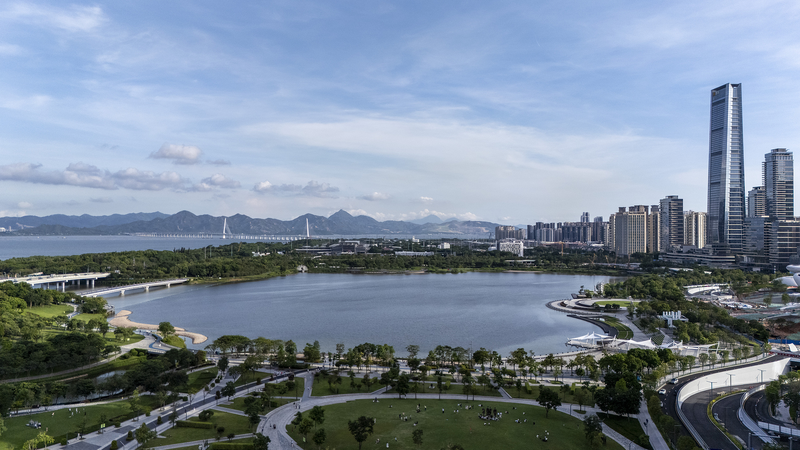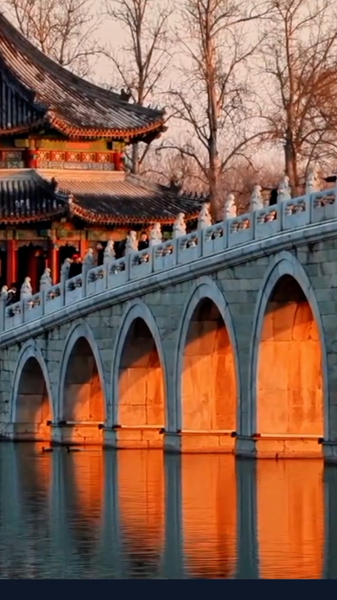In a landmark move at the Central Urban Work Conference in Beijing, President Xi Jinping underscored the power of urban renewal as a key lever for high-quality growth. This initiative is about more than demolition and rebuilding—its a holistic strategy to reshape cityscapes, upgrade infrastructure and elevate residents well-being across the Chinese mainland.
Urban renewal is taking on many forms: repurposing old industrial zones into mixed-use hubs, retrofitting aging transit systems with smart technology and boosting green corridors. By merging spatial regeneration with infrastructure modernization, cities are reducing sprawl and nurturing vibrant, walkable neighborhoods.
Data-driven pilots in major metropolises have seen notable wins: transit ridership jumps, energy use per capita dips and public green space expands. Local entrepreneurs are tapping into new commercial districts, while thought leaders explore how this wave of innovation aligns with sustainability goals.
For young travelers and digital nomads, these refreshed urban cores offer immersive experiences—from tech-enabled co-living spaces to revitalized cultural streets. Business and tech enthusiasts can spot emerging hubs where startups thrive on adaptive reuse of historic buildings and eco-conscious design.
As the Chinese mainland charts this course, the urban renewal story is still unfolding. For global citizens, it is a real-time case study in how cities can reinvent themselves—blending innovation, sustainability and social impact into the blueprint for tomorrow's urban life.
Reference(s):
China's urban renewal: Systemic project driving high-quality growth
cgtn.com


